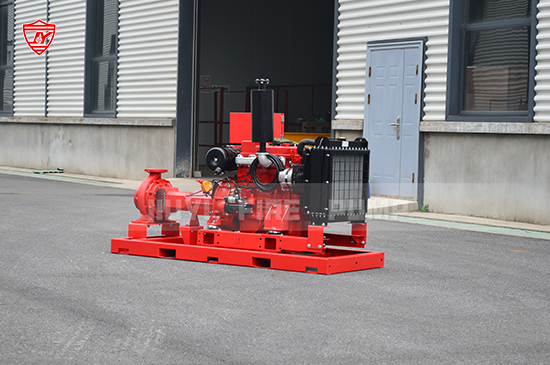In fire protection systems, ensuring stable flow from a diesel fire pump during variable demand is critical to system performance and safety compliance. Without proper flow regulation, pressure surges or drops can lead to system failure or even damage vital equipment. Here's how to stabilize flow efficiently and maintain optimal pump performance.

Variable demand can occur due to zoning in a building, multiple sprinkler heads operating at once, or partial system activation. Diesel pumps respond differently than electric pumps under changing load conditions, and their mechanical characteristics make precise flow regulation a challenge.
A properly installed pressure relief valve (PRV) helps protect the pump and system from overpressure. It stabilizes the system by redirecting excess pressure, especially when demand suddenly drops.
Smart flow controllers monitor real-time flow and adjust pump operation accordingly. Coupled with flow meters, they provide critical feedback to ensure the pump operates within safe flow parameters.
For diesel fire pumps, a circulation relief valve is required by NFPA20 to prevent overheating during low or no-flow conditions. This allows a small amount of water to circulate, keeping the pump from overheating and ensuring longevity.
Undersized piping or an oversized pump can cause flow instability. Ensure your system is designed with the right balance between pump capacity and pipeline diameter for the expected demand range.
Routine testing of the fire pump system, especially under various simulated demand conditions, helps identify and correct flow instability issues before they become operational risks.
Jockey pumps maintain system pressure during normal conditions and reduce the frequency of diesel pump starts. This prevents pressure fluctuations and enhances system readiness.
Stabilizing diesel fire pump flow under variable demand isn't just about performance—it's about protecting lives and property. A well-regulated system complies with NFPA20, avoids costly damage, and ensures fire suppression readiness at all times.